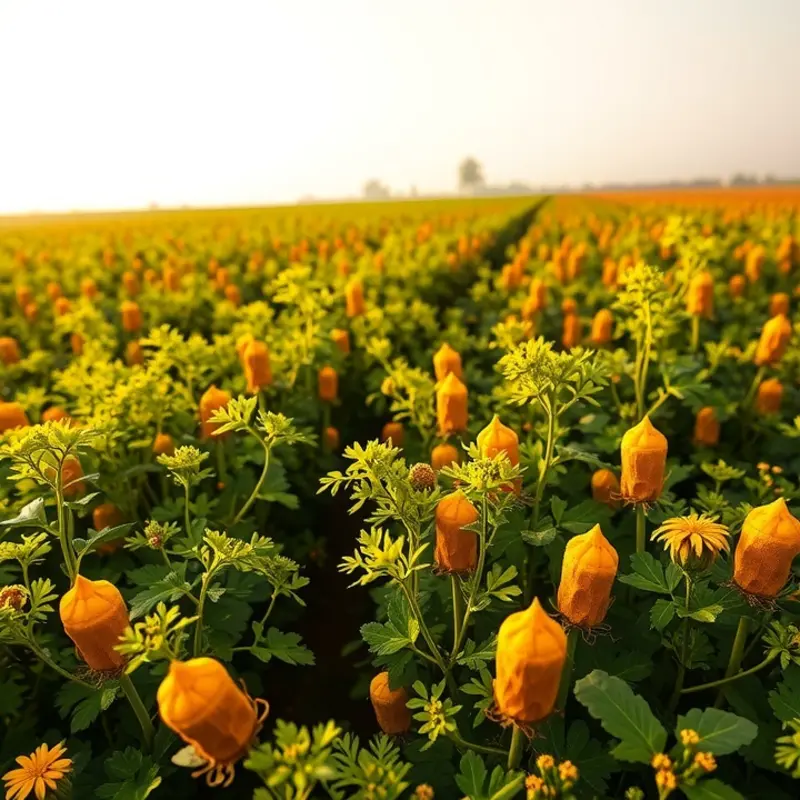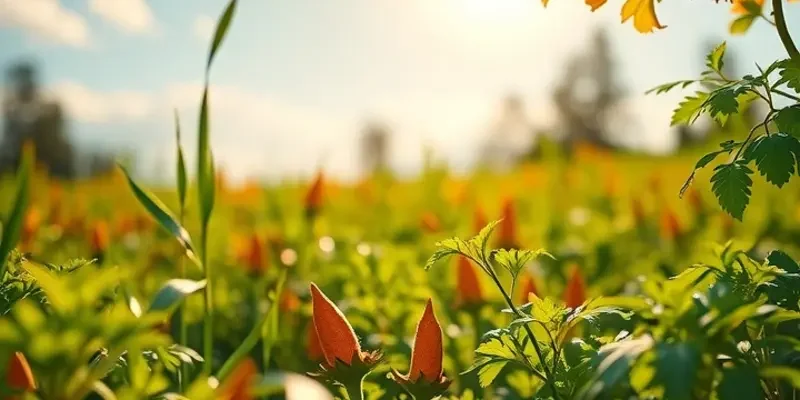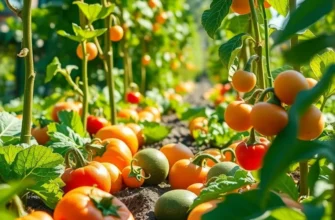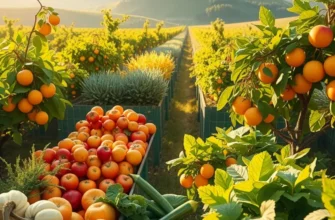Spices have played a pivotal role in shaping culinary traditions around the globe. From fragrant curries in India to the robust flavors of Moroccan tagines, spices connect us to the history, culture, and identity of various regions. The way spices are used reflects not only local resources but also age-old practices passed down through generations. Embark on a sensory journey as we explore the fascinating world of spices, discovering their cultural significance and culinary applications in two distinct chapters that highlight the miraculous versatility of these aromatic treasures.
The Aromatic Legacy of Asian Spices

Asian spices have shaped the continent’s culinary identity through centuries of cultural exchange and trade. In India, spices are integral not only for flavor but also for their cultural significance, embodying a complex history of commerce and spirituality. The Indian spice blend Garam Masala exemplifies this. Its origins trace back to ancient Ayurvedic teachings where spices like cumin, cardamom, and cinnamon were deemed essential for balancing bodily energies.
Garam Masala, typically comprising cloves, cinnamon, nutmeg, and coriander, acts as a quintessential flavor booster, imparting both warmth and fragrance. It is central to Indian cuisine where it infuses dishes like chicken tikka masala with its rich aroma. Moreover, it is believed that these spices hold numerous health benefits, an idea deeply rooted in traditional Indian medicine.
Meanwhile, Thailand offers another fascinating journey into the world of spices. Thai cuisine is celebrated for its harmonious balance of sweet, salty, sour, and spicy flavors. Central to Thai cooking is the vibrant Thai Curry Paste. Traditionally, this paste blends ingredients such as lemongrass, galangal, and kaffir lime leaves with fiery bird’s eye chilies. The concoction embodies not only flavors but the cultural ethos of Thai communal eating.
Thai Curry Paste is indispensable in dishes like green curry and tom kha gai, where the paste’s complexity complements coconut milk and fresh herbs. In Thai culture, meals are a communal affair. The shared experience of varied spicy dishes serves as a cultural bond, underscoring the social role of spices.
China, too, boasts a rich heritage of spices shaped by ancient trade routes. The Silk Road introduced exotic spices into Chinese kitchens, creating a diverse culinary landscape. Five-Spice Powder, a staple in southern Chinese cooking, merges the tastes of star anise, cloves, Chinese cinnamon, Sichuan peppercorn, and fennel seeds. It encapsulates the innate balance crucial to Chinese cooking, embedding the yin-yang philosophy into every bite.
This powder is notable in dishes like Peking duck, where its aroma enhances the culinary experience. The historical Silk Road facilitated this blend, allowing Chinese cuisine to embrace these spices’ complexity. Such trade routes deeply impacted global cuisine, as explored in resources like culinary influences of trade.
The transformational power of Asian spices extends beyond flavor. They are anchors of history, culture, and identity, highlighting the interconnectedness of trade and cultural beliefs. These spices not only enhance dishes but also signify stories of global interconnectedness from antiquity to modern times.
Spices of the Middle East: A Symphony of Flavors

Middle Eastern cuisine is an enchanting medley of spices that transform simple ingredients into dishes rich with history and culture. Whether it is the earthy whisper of cumin in a hearty stew or the lemony tang of sumac over grilled meats, these spices are the linchpin of the region’s gastronomic identity. Spices like cumin, sumac, and saffron do more than flavor food; they tell the stories of trade, migration, and the fusion of different cultures.
Cumin, one of the most ubiquitous spices in the Middle East, is a cornerstone in concoctions like shawarma. Its warm, aromatic notes are integral to the marinade, infusing the meat with depth and a hint of earthiness that defines this dish. This familiar seasoning has roots that trace back to ancient times, symbolizing the culinary exchanges carried out through the Silk Road that have enriched Middle Eastern kitchens.
Sumac, on the other hand, brings a zestier profile. This crimson spice, which adorns plates from salads to roasted meats, adds a vibrant burst of citrusy flavor without overwhelming the palate. The use of sumac in dishes like fattoush and za’atar speaks volumes about the regional preference for balancing flavors, seamlessly blending the sweet and savory.
Then there’s saffron, the crown jewel of Middle Eastern spices. Its delicate threads impart a distinct golden hue and a subtle aroma that are hallmarks of dishes like Persian pilaf and Moroccan tagines. Saffron’s lavish allure isn’t only in its flavor; it also embodies the historical significance of trade routes and the wealth they brought to cities lining them.
Marketplaces play a crucial role in the spice-laden culture of the Middle East. Bustling bazaars, such as Istanbul’s Grand Bazaar or the vibrant markets of Marrakech, are treasure troves where one can savor the air heavy with the scent of spices and the bustle of traders practicing their age-old craft. These markets are not merely transactional spaces but cultural touchstones, echoing the stories of the past and influencing culinary practices today.
The rich narrative of Middle Eastern spices goes beyond the meal; it weaves into the social and historical fabric of the region. Traditions passed down through generations showcase the importance of these ingredients not just for sustenance, but as a medium of cultural expression. The reverence for spices in Middle Eastern cooking underscores a commitment to preserving heritage while simultaneously embracing innovation.
For those looking to enhance their cooking without relying heavily on salt, these spices offer diverse ways to enrich flavor profiles naturally. You can explore more about flavor enhancement through spices without increasing salt intake by visiting flavor boosters without salt.
The symphony of flavors found in Middle Eastern cuisine highlights an extraordinary blend of history and taste, reminding us how integral spices are not just to regional dishes but to cultural identity itself.
Final words
Spices are much more than mere flavor enhancers; they are the embodiment of culture and heritage, adding depth and identity to cuisines across the globe. From their intriguing origins to their myriad uses in traditional dishes, spices serve as a testament to human ingenuity and our desire to connect through food. As you embark on your culinary adventures, let the vibrant stories of spices guide you in creating a rich tapestry of flavors on your plate. Each spice carries its narrative, waiting for you to explore and incorporate them into your dishes, celebrating the diverse cultures they represent.








